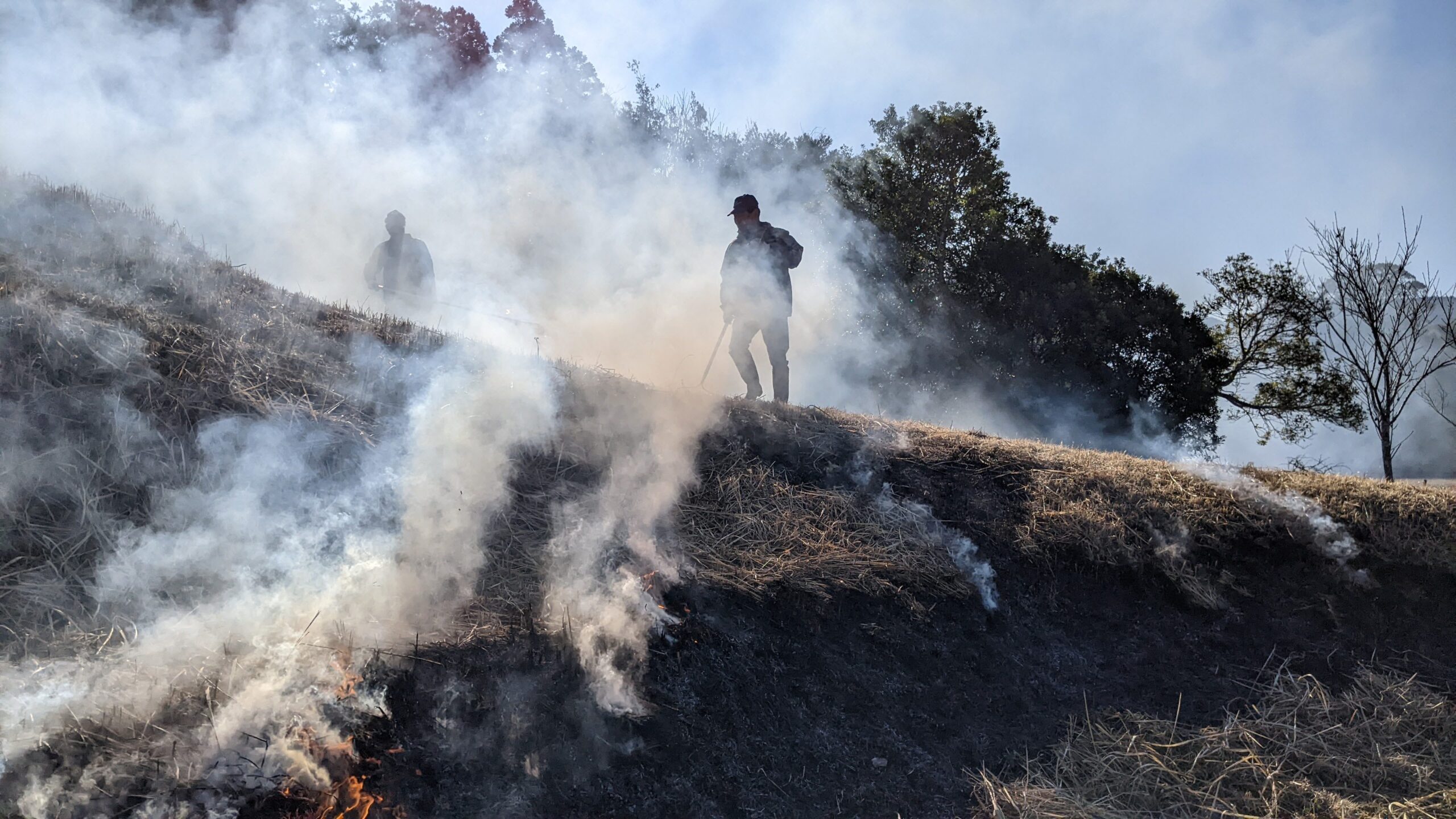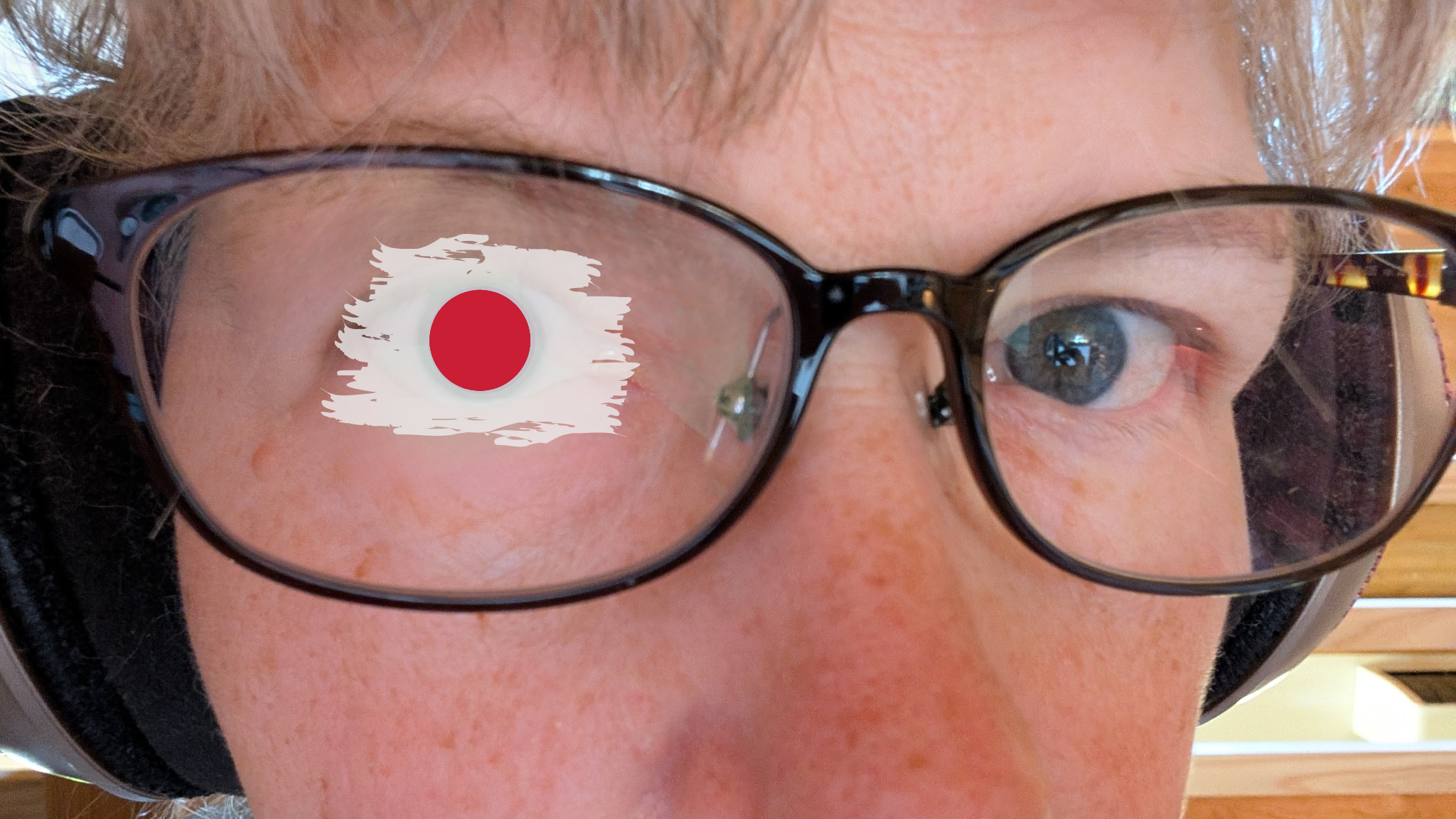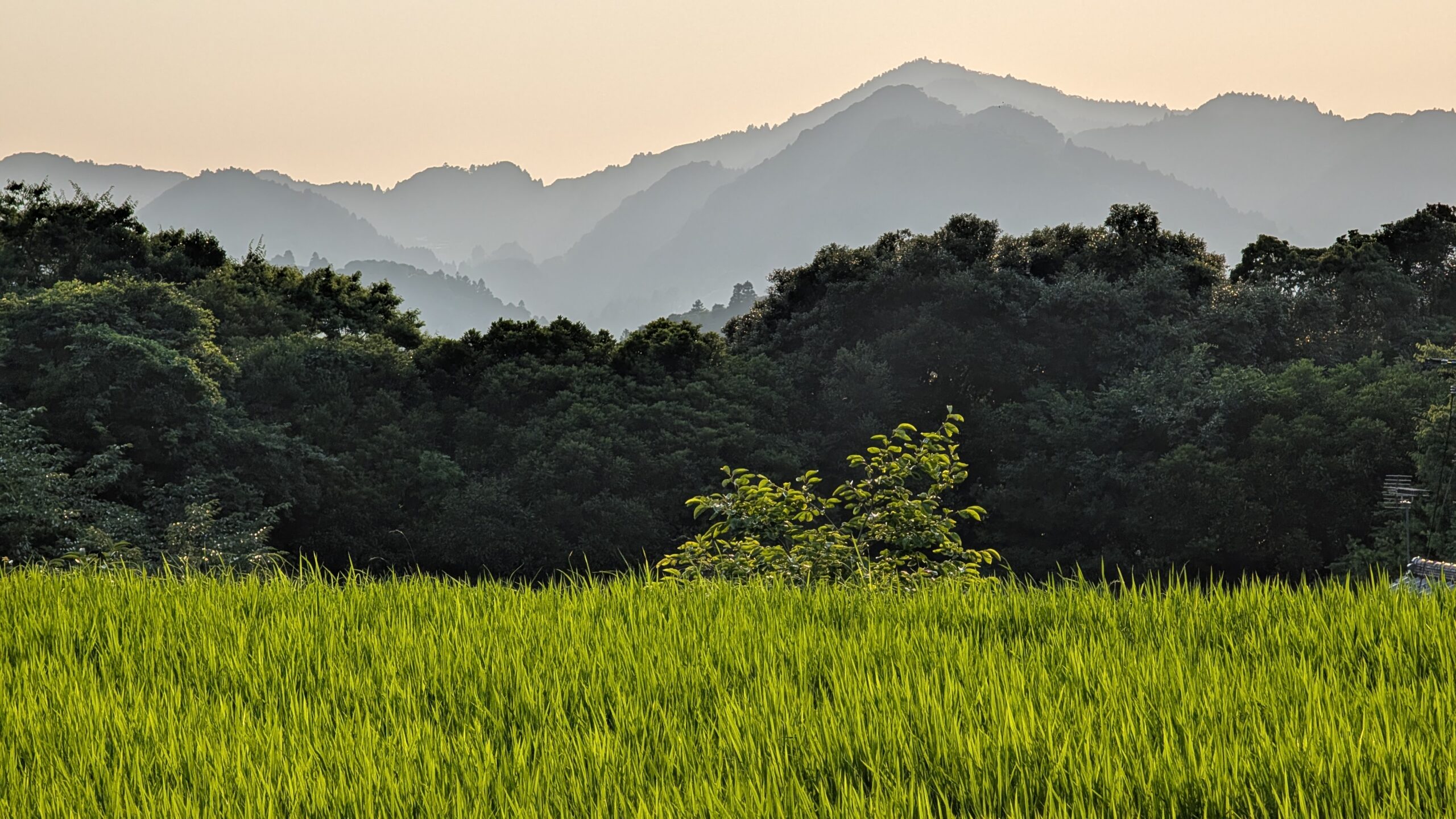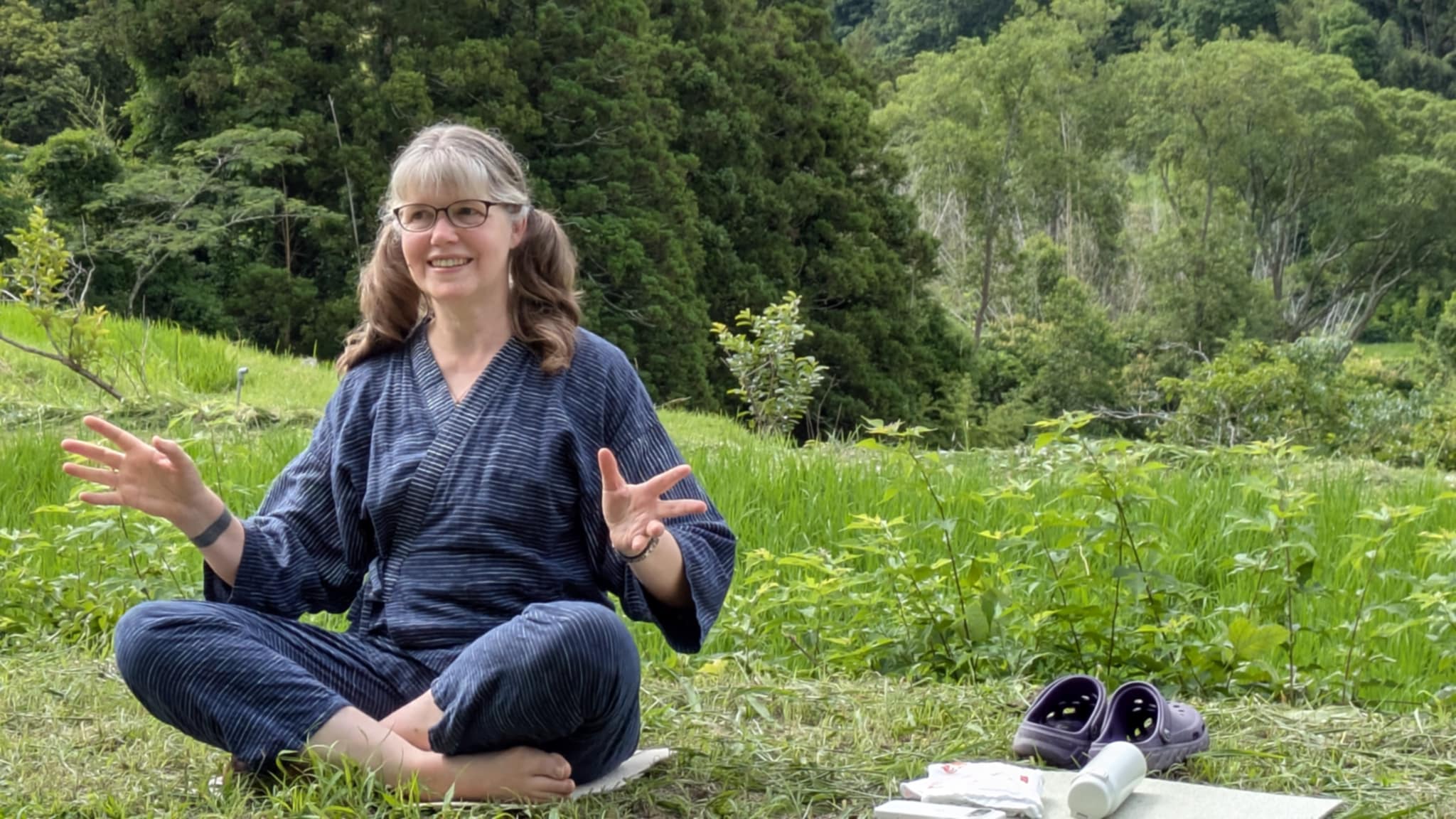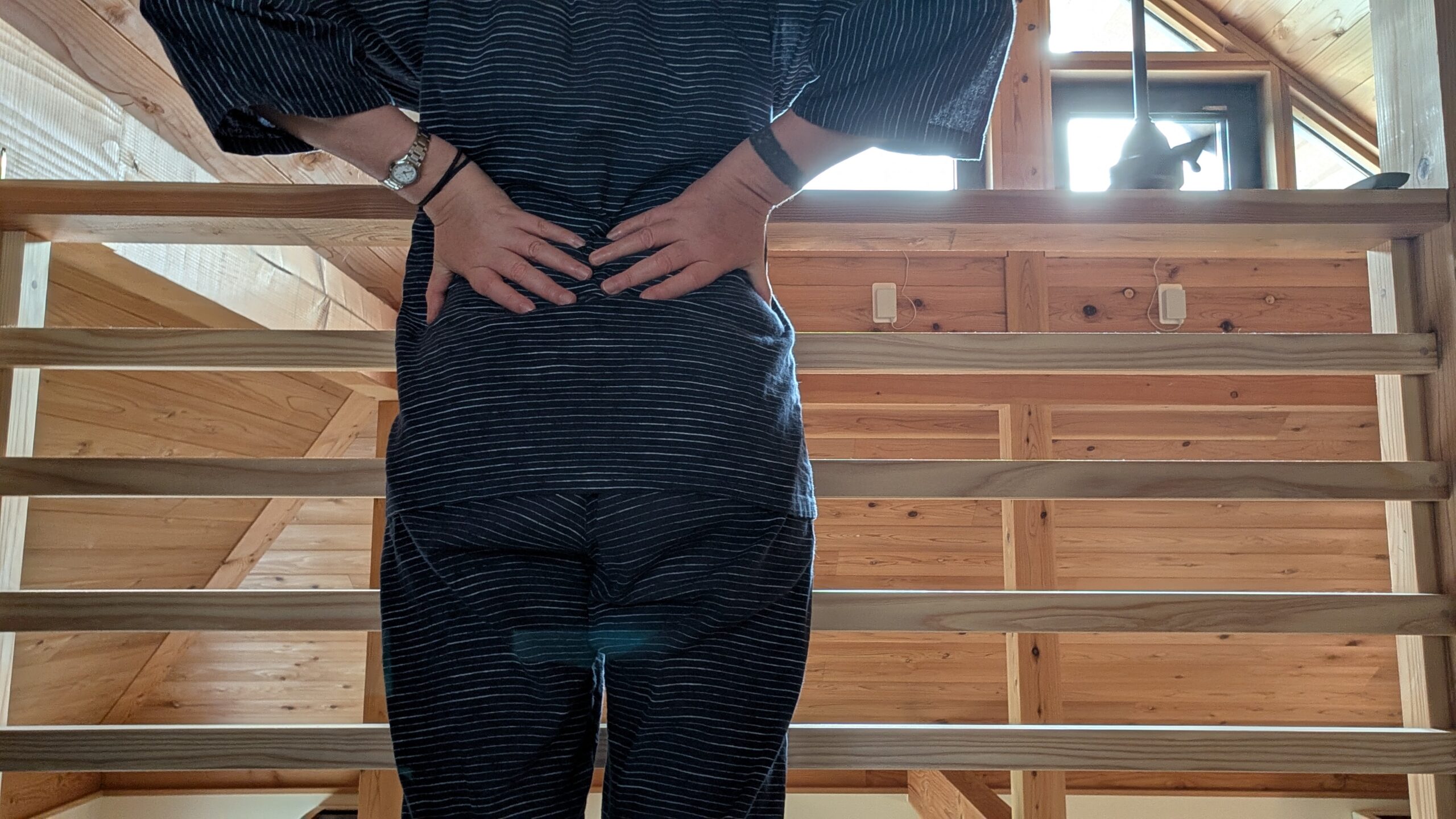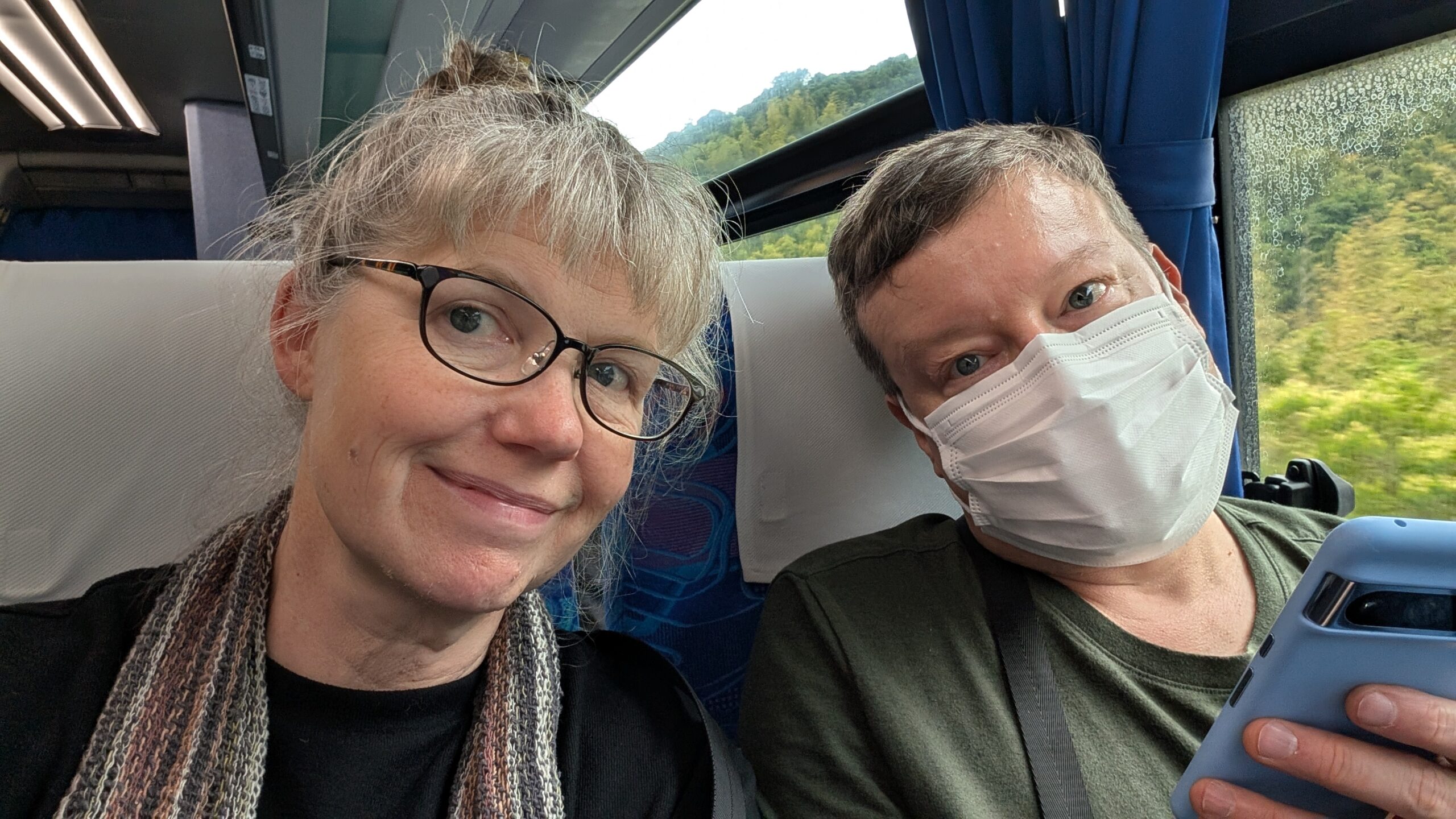One of the many tasks done in Japanese rice fields is burning the edges of the paddies to reduce weed seeds and insects which in turn prevents larger pests from moving in and eating the rice when its planted. Some farms do their noyaki in the autumn after harvest and others do it in the spring before planting. Maybe some do both; to be honest, I have never noticed.
Yesterday I joined a crew to do this burning. Oyama Senmaida manages not only the famous terraces, but also two small farms of former members. So I got to enjoy a new perspective of our neighborhood from the bottom of a valley that I’ve seen many times, but never entered.

As a beginner, I was issued a metal rake and given a short explanation. I shadowed the master for a while, then started to pitch in. Before long (and again, without a word) he walked off to start a fire further along the bank and let me continue tending to the space I was working in. In between sections, I made sure to take photos.

There seem to be two general patterns to the work: rake the grass into piles and move the fire from spot to spot; or start the fire and let it carry itself across the landscape. Which you choose is a bit of a mystery to me; it’s one of those things that requires vast experience. It seems to depends on how the grasses are lying, the shape of the bank, the direction of the breeze, and personal preference. I definitely made a few mistakes, like starting to rake up grass and being told to stop because the file would burn naturally through that spot.




Playing (working) with fire is fascinating and dangerous. Small fires can spring up at your feet. Smoke is an unpredictable hazard. It’s a task that requires keen attention.
We often hear our fire department’s announcements of grass fires and this is what they are – noyaki gone awry. It’s easy for a gust of wind to turn a smolder into a blaze in an instant. If that blaze touches a nearby stand of bamboo, then you have yourself a forest fire.
Things I learned:
- Use your rake to create a fire break by clearing the upwind side if you don’t want it to burn.
- Use your rake to move the fire from place to place by picking up burning straw and carrying it or dragging your burning straw across the ground.
- Keep your piles low to avoid big flames. You are aiming to create small fires that burn out quickly.
- Your rake is a leaning post when taking a break. It is also good for stabilising your descent on steep embankments.
- When possible work from the top down – this applies to the steps of the terrace and also to the banks themselves.
- Keep an eye open for other people’s activities and safety.
- The fields were not traditionally burned; generations ago, the cuttings were thrown into the tambo to compost.

We finished at lunch time and the afternoon winds were too brisk for safety so the rest of the burning will happen another day. More learning to come.
